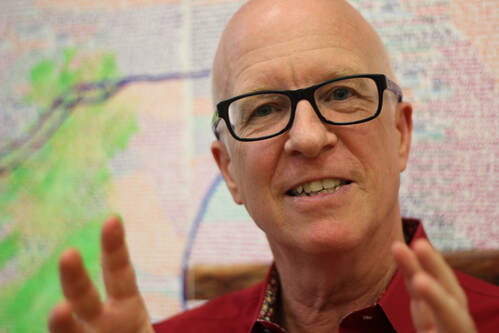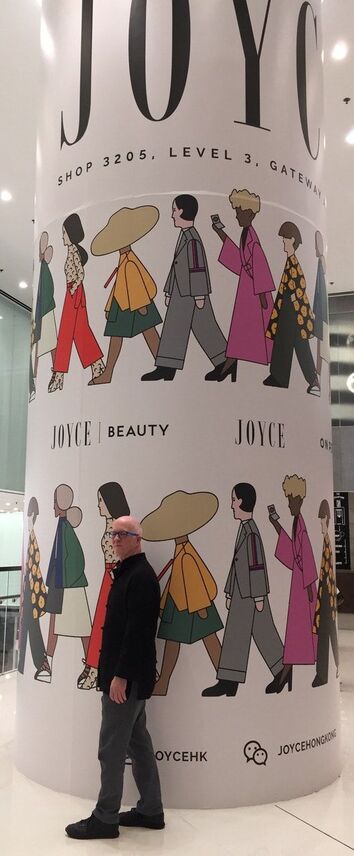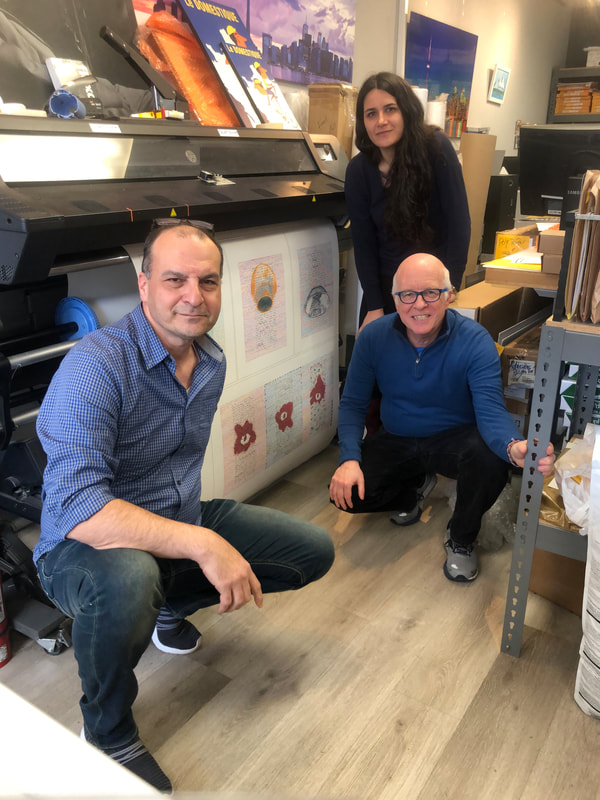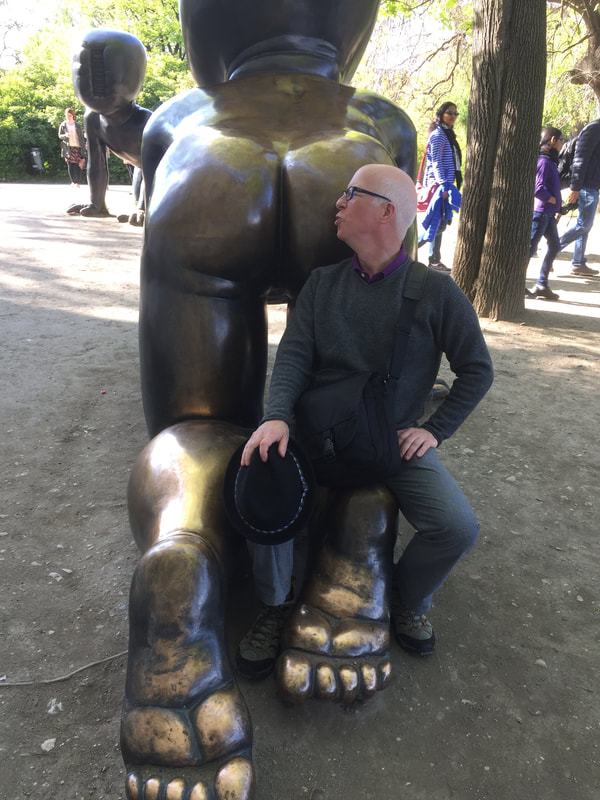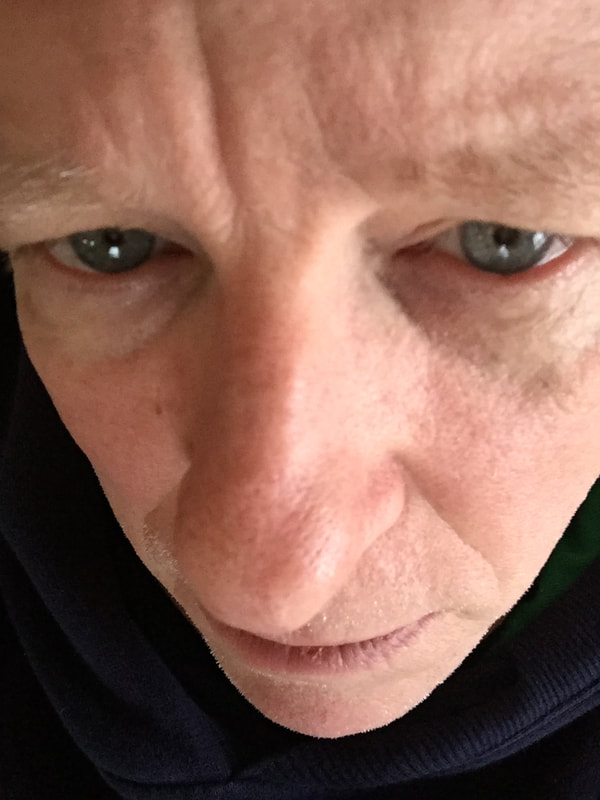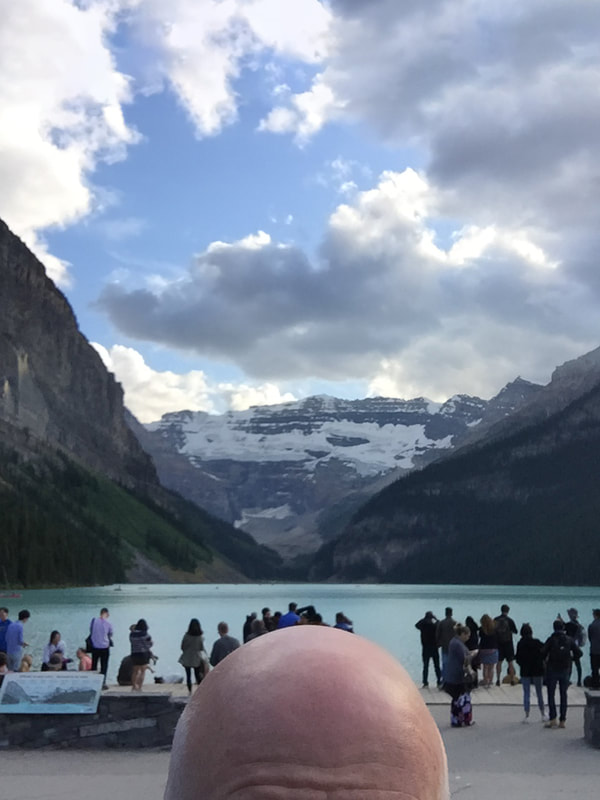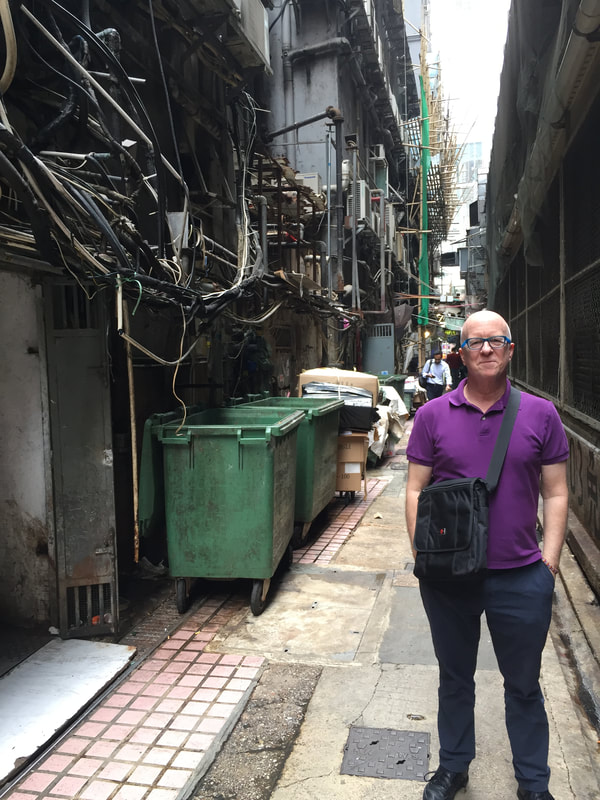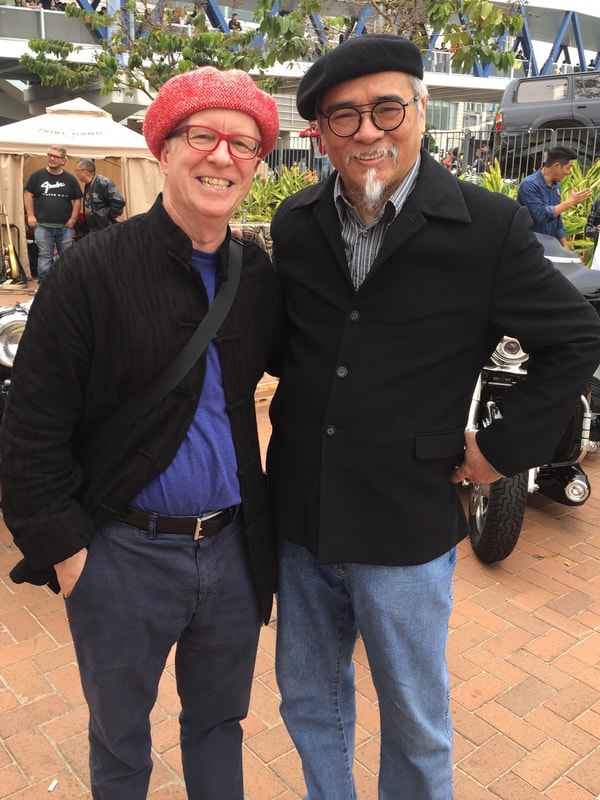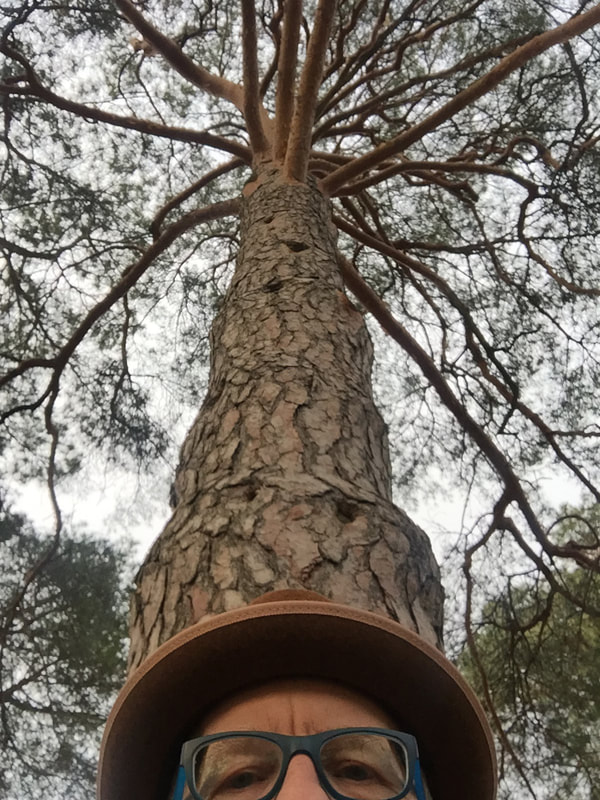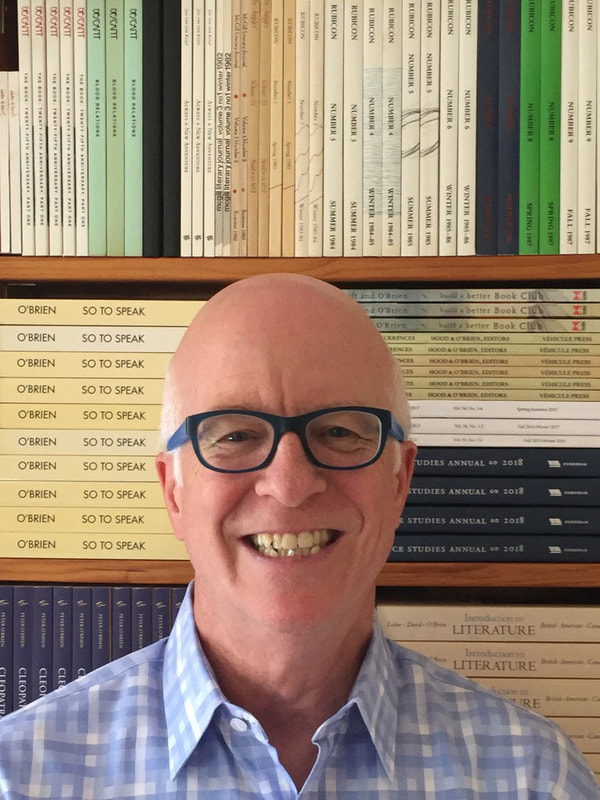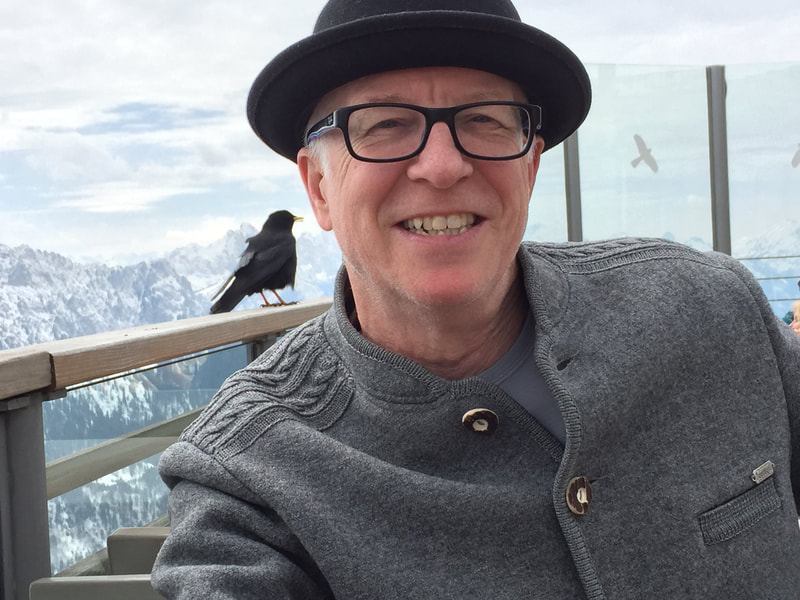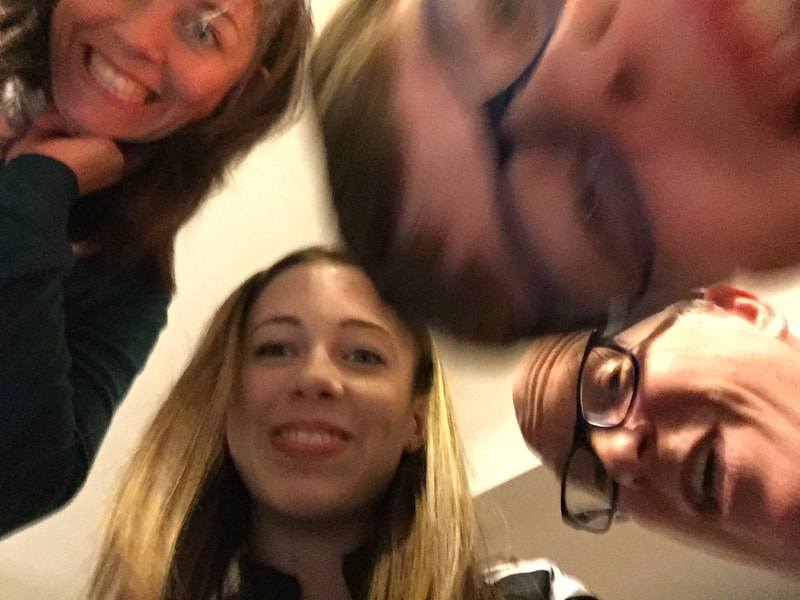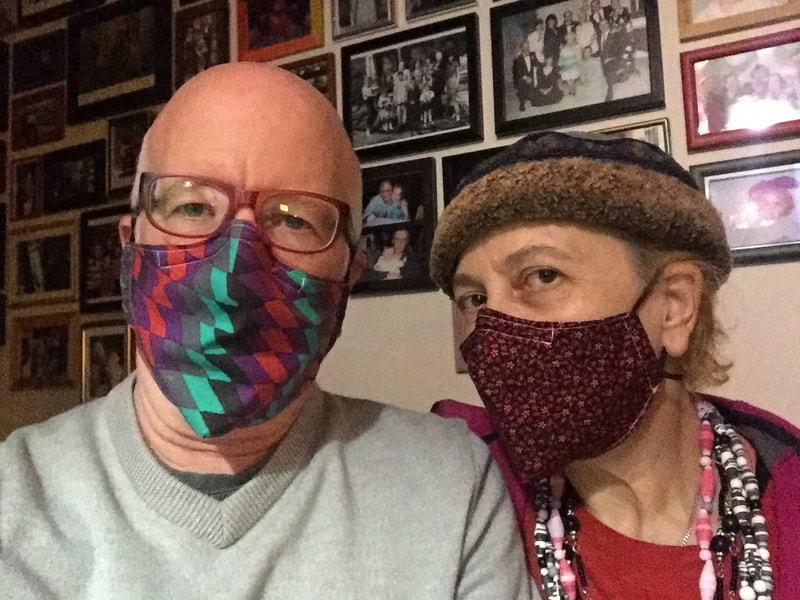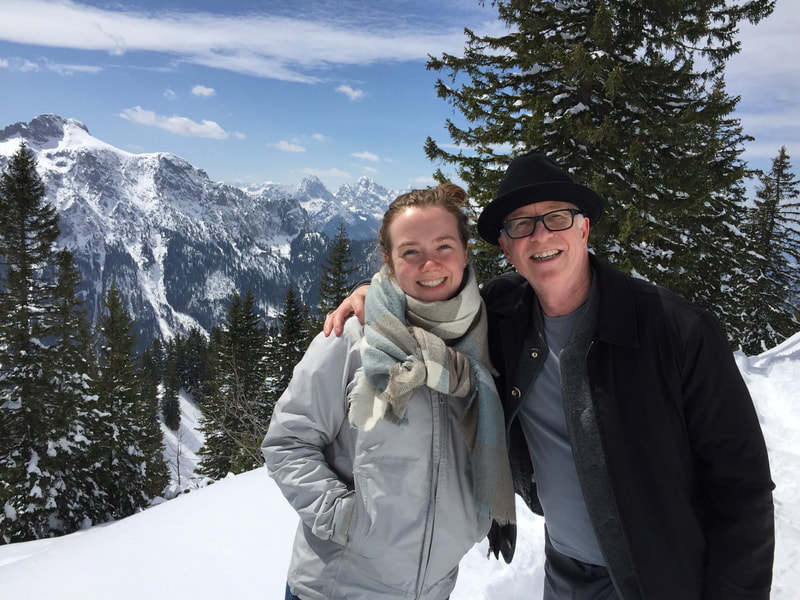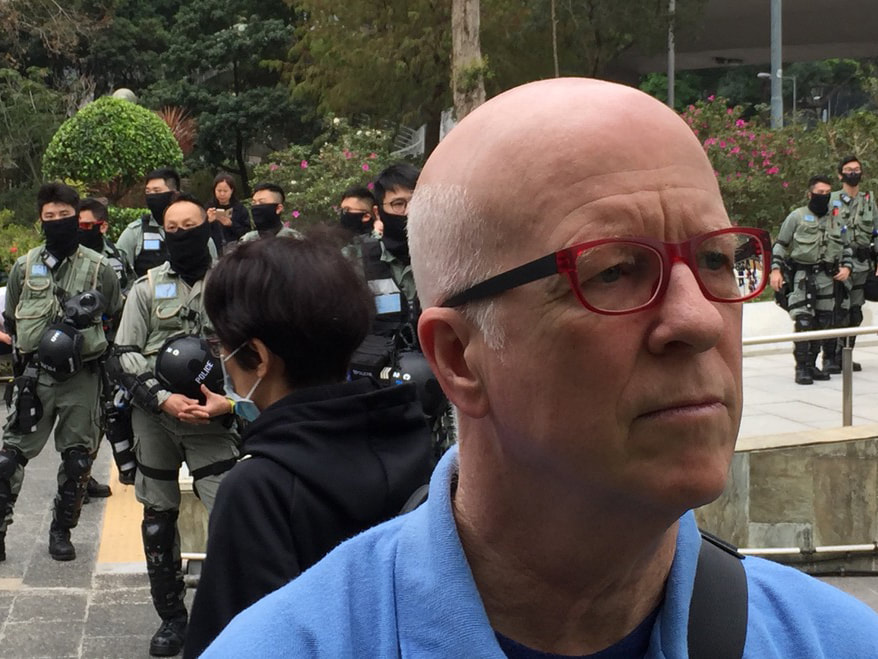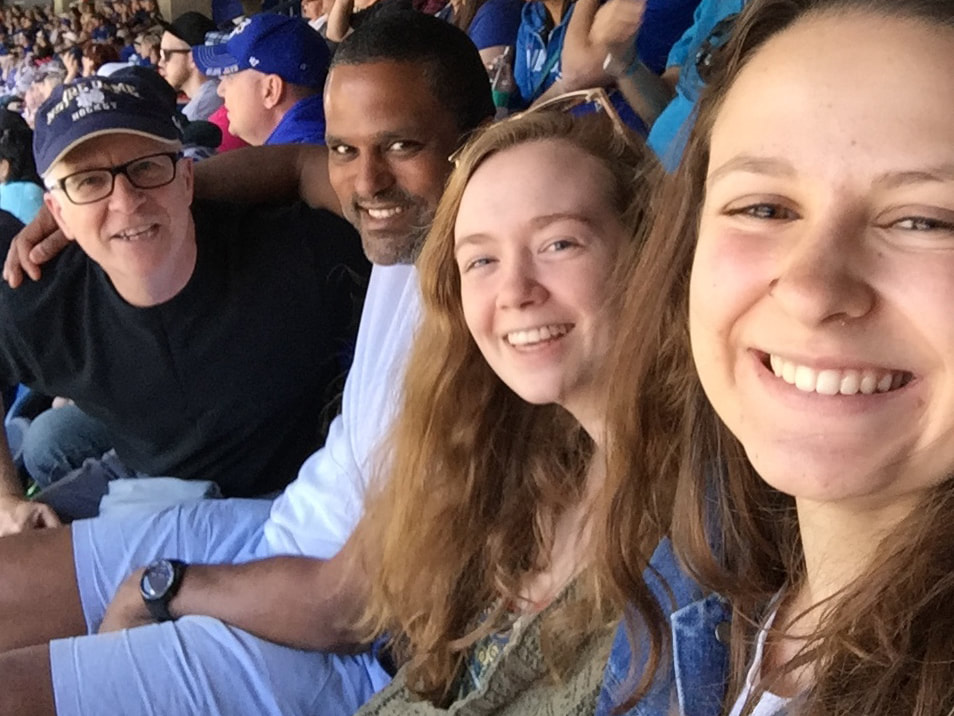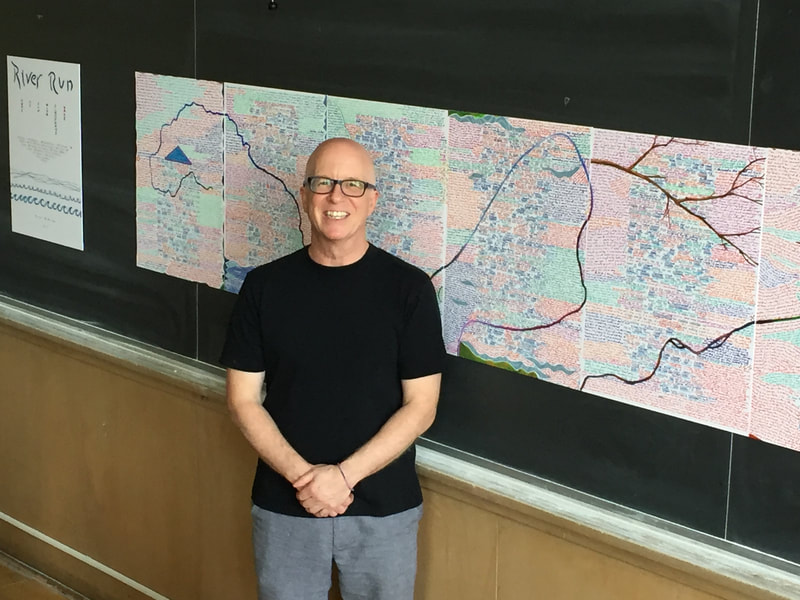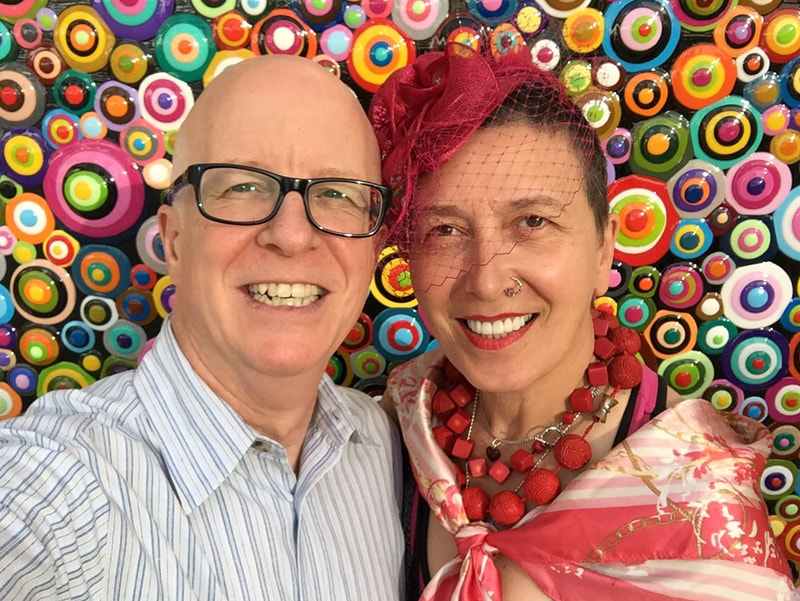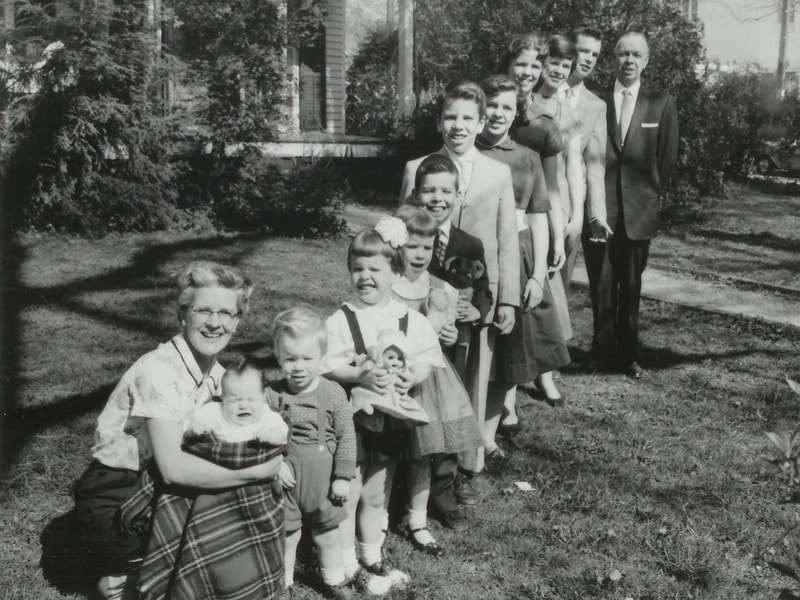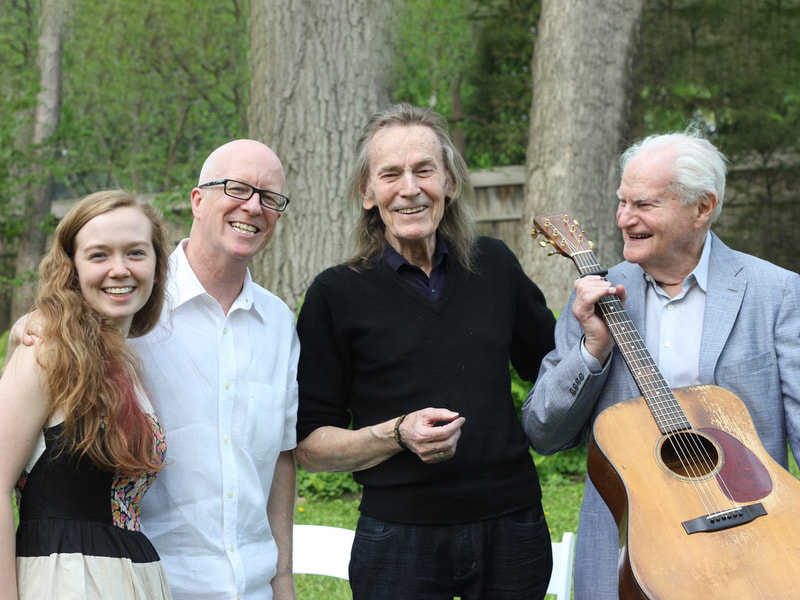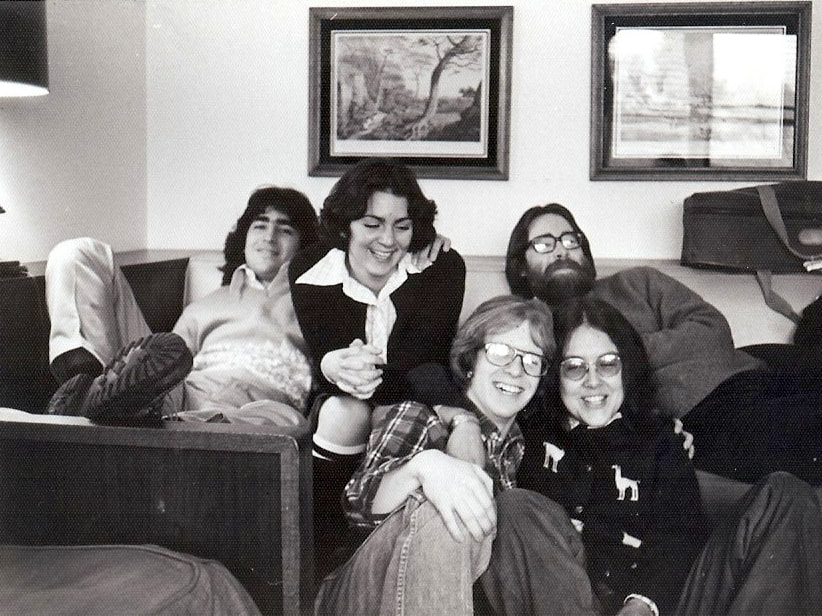|
Peter O’Brien was born in New York, grew up in Vancouver, received his BA from University of Notre Dame (with a junior year abroad, in Dublin), and his MA from McGill University.
Along his way, he sold ladies shoes, attended the Banff Centre School of Fine Arts to study ceramics, taught English as a Second Language, worked as a roughneck on oil rigs near Medicine Hat, Drumheller, and in northern Alberta on the frozen muskeg, was a fundraiser and in communications for various arts, educational, and environmental organizations and institutions. |
|
While a student at McGill he launched, edited, and ran an international literary and art journal, RUBICON (10 volumes, 2,361 pages), which published poetry, fiction, book reviews, interviews (with Margaret Atwood, Mavis Gallant, and Josef Skvorecky, among others), and art (Betty Goodwin, Geoffrey James, Ann Hamilton, and Ron Haseldon, among others).
He has nine brothers and sisters, twelve step-brothers and -sisters, and an almost limitless number of nieces, nephews, cousins, et cetera. (There are a lot of ill-shaped, meandering, and conflicting stories in a family that size.) In addition to LOTS OF FUN WITH FINNEGANS WAKE, he has written or edited eleven books, including Dream Visions: The Art of Alanis Obomsawin (Viggo Mortensen / Perceval Press), Introduction to Literature: British, American, Canadian (Harper & Row) and Cleopatra at the Breakfast Table: Why I Studied Latin With My Teenager and How I Discovered the Daughterland (Quattro). He has published widely on art and writing, including in The Globe and Mail, Montreal Gazette, National Post, Azure, Journal of Canadian Art History, Interior Design, C Magazine, and The Fortnightly Review. He is a past or current member, or board member, of Open Studio, C: The Visual Arts Foundation, P.E.N., White Ribbon Campaign, Philadelphia Center for the Book, and The Center for Book Arts (New York). For information about his published books, and links to 100+ articles, reviews and papers: |
